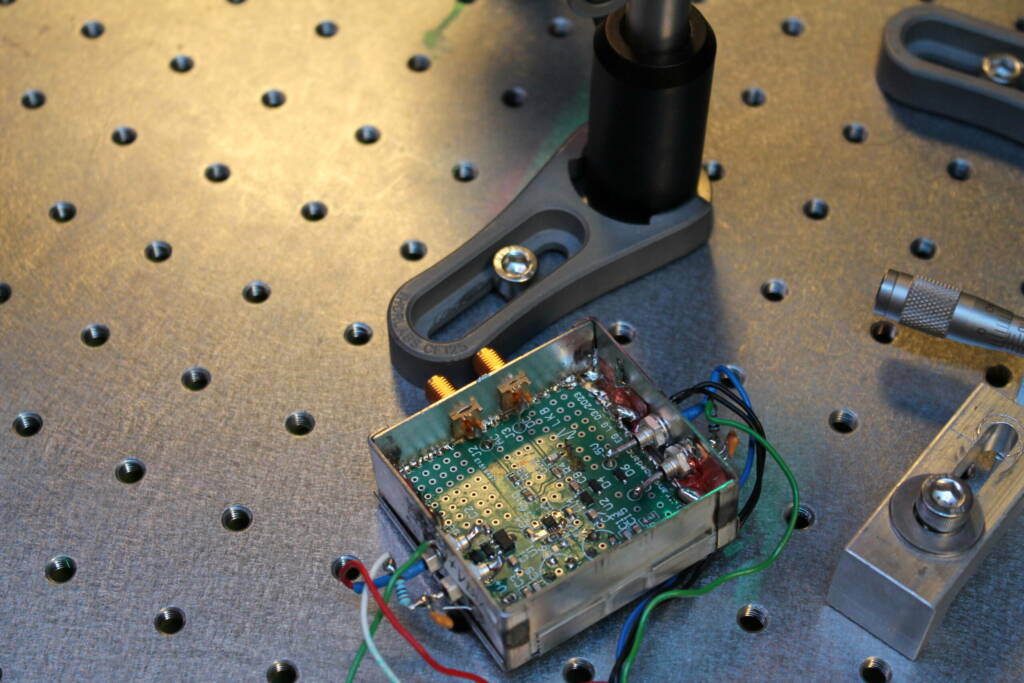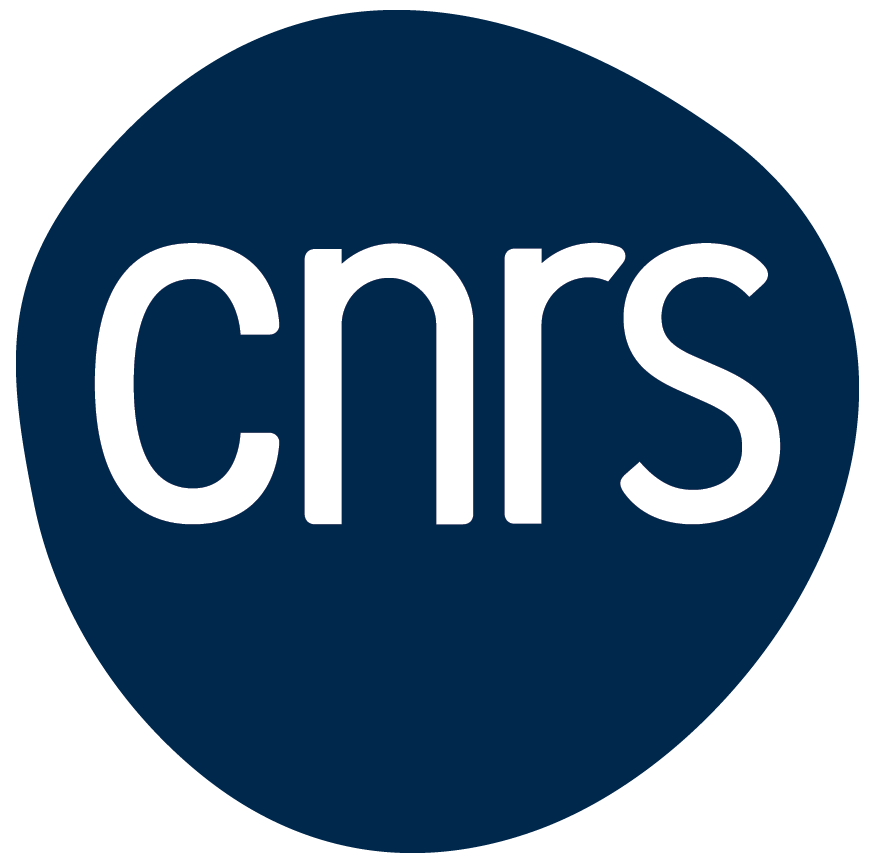Certify the properties of N-body quantum states
A new theoretical approach to the N-body quantum problem has been developed, providing, for the first time, a rigorous estimate of the errors made by approximate solutions calculated through numerical simulations using traditional methods.

The N-body quantum problem, which describes a large number of interacting quantum particles, is now considered the ultimate frontier in terms of complexity for quantum physics theorists. The inability to store and manipulate the mathematical objects associated with this theory—namely, N-body wave functions—on classical computers is, for example, one of the major motivations for developing quantum computers. The hope is that these quantum computers will allow for a better understanding of certain phases of matter, such as unconventional superconductivity, interacting topological phases, or a more precise description of the electronic structure of molecules. However, theorists are not idly waiting for the arrival of such a quantum computer; they continue to study the N-body problem and compute the most accurate and relevant approximate solutions possible.
The most successful approach today is the so-called variational method, where a wave function depending on a limited number of parameters is optimized to best approximate the quantum state of the system. To describe ground states, the system’s energy is minimized. The observables of interest (e.g., positions of atoms or electrons, magnetization, structure of quantum entanglement) are then evaluated from this optimized but approximate wave function. Over the decades, the variational approach has greatly enhanced our understanding of the N-body quantum problem. However, it remains partially empirical and does not provide any a priori guarantee regarding the quality of the approximation obtained. The only property guaranteed by construction is that the calculated energy is an upper bound for the ground state energy. Other observables might be either higher or lower than the true value, without providing any range for the error relative to the exact result. This situation has several times led to incorrect predictions about the nature of phases stabilized at low temperatures.
A recent collaboration among quantum information theorists, condensed matter physicists, and mathematicians has proposed a radically different approach to the N-body quantum problem. Instead of trying to approximate the system’s wave function, this approach directly studies the observables of interest. By using known constraints on the system (e.g., its energy must be lower than that given by a variational method) and the algebraic properties of the operators representing it in the quantum formalism (e.g., commutation relations between spin components), it is possible to bound the possible values of these observables. This extremely flexible approach can be implemented on systems of arbitrary size and systematically refined to converge towards the exact value. It was developed through collaboration between researchers from ICFO – The Institute of Photonic Sciences (Spain), Laboratoire Kastler Brossel (LKB, CNRS / Collège de France / ENS-PSL / Sorbonne Université), Institut Néel (CNRS / Université Grenoble Alpes), Academy of Mathematics and Systems Science (China), Perimeter Institute for Theoretical Physics (Canada), Centre de Physique Théorique (CPHT, CNRS / Ecole Polytechnique), Laboratoire d’Analyse et d’Architecture des Systèmes (LAAS), and Département d’Ingénierie Electrique (ESAT / KU Leuven).
Thus, a truly novel theoretical tool is being proposed to understand N-body quantum systems. In addition to studying phases of matter, this approach can also be used to certify quantum simulators and computers, which are currently being developed by numerous experimental groups around the world. This work has been published in the journal Physical Review X.
Référence
Certifying Ground-State Properties of Many-Body Systems, Jie Wang, Jacopo Surace, Irénée Frérot, Benoît Legat, Marc-Olivier Renou, Victor Magron et Antonio Acín, Physical Review X, published on July 11, 2024. Doi : 10.1103/PhysRevX.14.031006 Open Archive: arXiv
Read also
CNRS Recruitment – Join the LKB
External Recruitment for Researchers (M/F)
Nathan Goldman is among the Highly Cited Researchers
Clarivate list



